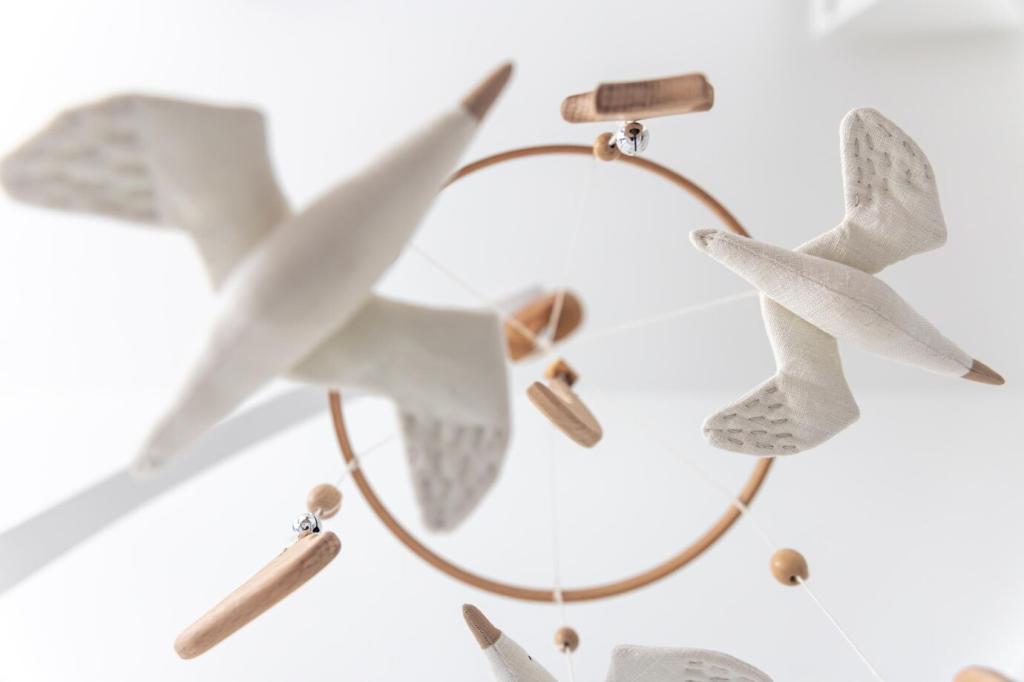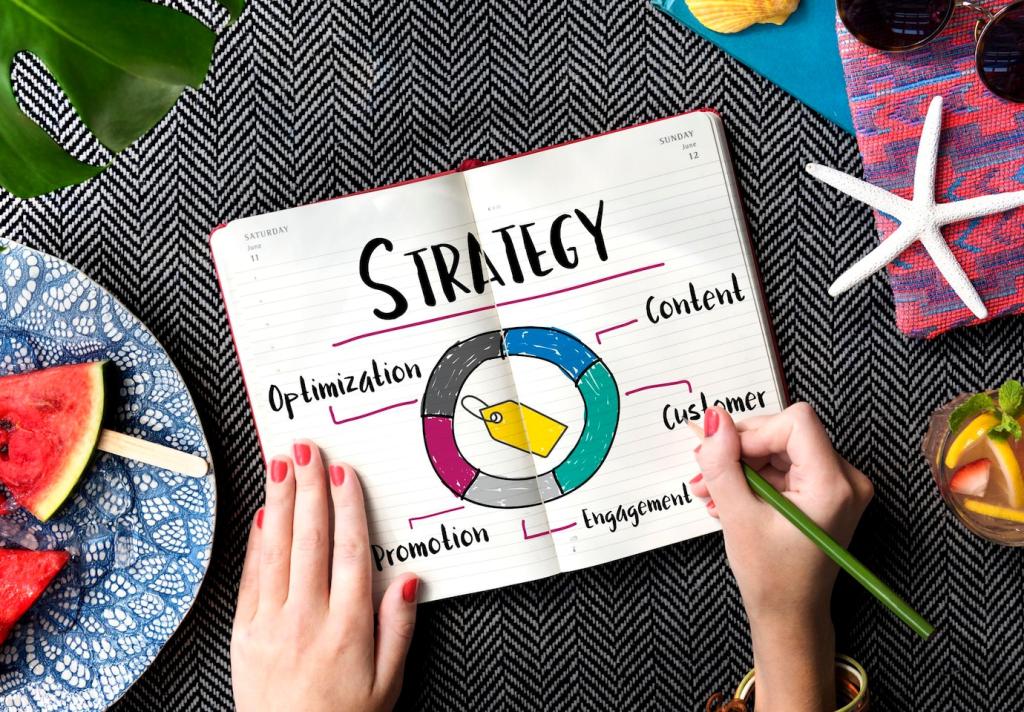Light, Materials, and the Way Color Really Looks
Sun angle changes color temperature and intensity. North facing rooms can read cooler and flatter, while south facing rooms feel warmer and brighter in many regions, with the opposite orientation below the equator. Evaluate tones across the day to avoid surprises and align mood with purpose.
Light, Materials, and the Way Color Really Looks
Bulbs affect color dramatically. Warm white around 2700 kelvin feels cozy, while 3000 to 3500 kelvin can be crisp without sterility. High color rendering index bulbs reveal truer hues in art and textiles. Match bulb temperature across fixtures to keep harmony intact throughout your space.


